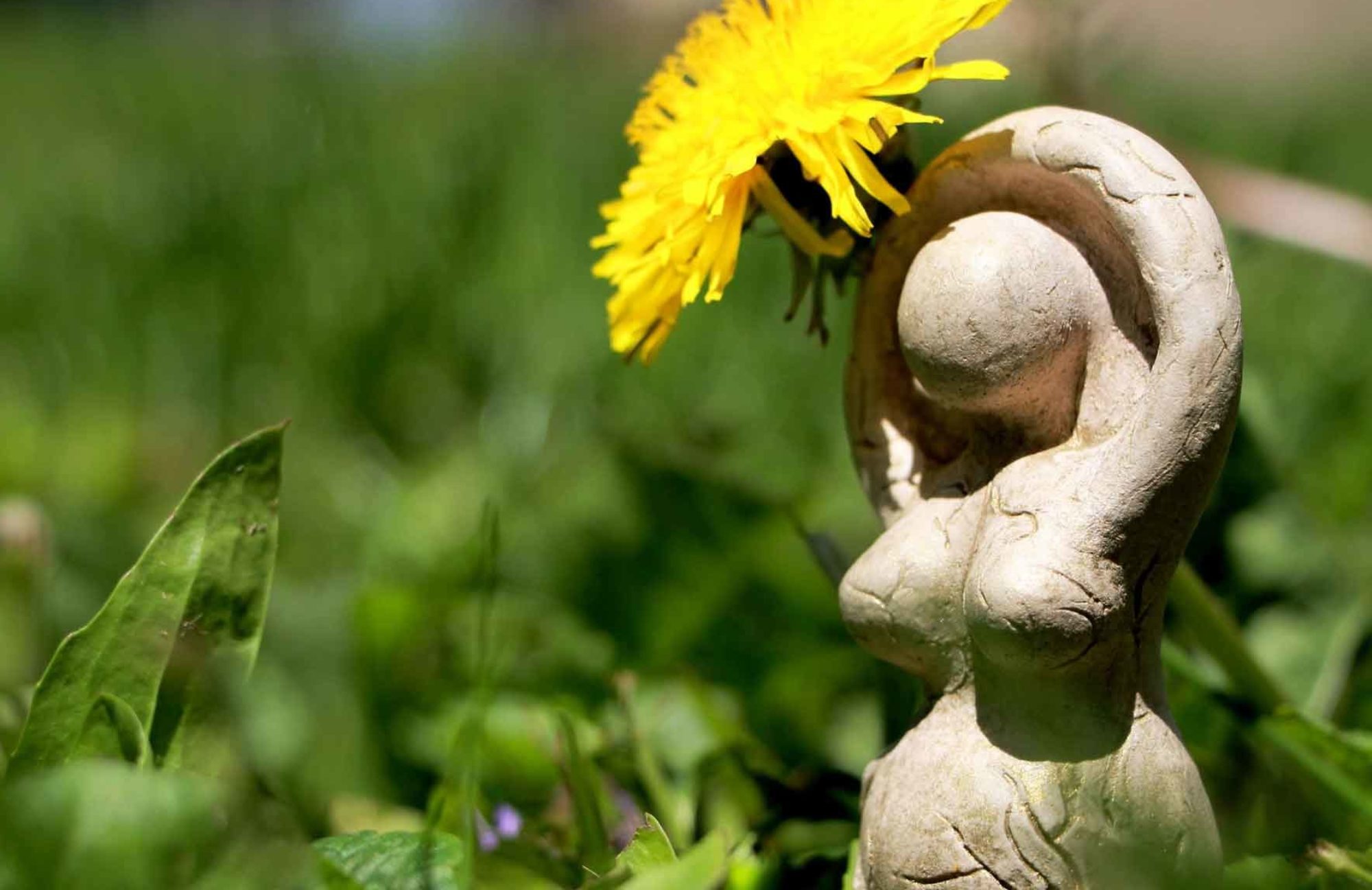
THE AMAZONS: Lives and Legends of Warrior Women across the Ancient World (Princeton, 2014)
It is with great pleasure that ASWM confers the 2016 Sarasvati Book Award for Nonfiction to THE AMAZONS for its power in reframing knowledge about our female ancestors and reawakening scholarly as well as metaphysical and physical pathways that link history and myth.
Think of everything you know about the ancient mythological warrior women collectively known as the Amazons–and prepare to have most of it overturned. In a breathtaking achievement of research and methodical exploration of archaeological, literary, and artistic sources, Adrienne Mayor sifts through centuries of evidence to get at the reality of who the Amazons were, where and when they lived, what they did, and how they did it.
The award letter states,
The authoritative command of the research reveals the Amazons as they have never been seen before, not merely figments of the Greek imagination, but actual flesh and blood warrior women of nomadic cultures, inspiring exciting tales from ancient Egypt, Persia, India, Central Asia and China. First to examine the evidence systematically and in detail, the book reveals the truth behind storytelling as it persuasively elucidates the history, art, and imagination of ancient peoples, drawing on an impressively diverse set of data sources from classical myth, nomadic traditions and folklore, and scientific archaeology to visual representations from Greek pottery to body tattoo.

Adrienne Mayor, a research scholar in Classics and History of Science, Stanford University, is the author of The First Fossil Hunters: (2000); Fossil Legends of the First Americans (2005); Greek Fire, Poison Arrows & Scorpion Bombs: Biological and Chemical Warfare in the Ancient World (2003); The Poison King: Rome’s Deadliest Enemy (2010, National Book Award nonfiction finalist); The Amazons: Lives and Legends of Warrior Women across the Ancient World (2014); and many scholarly and popular articles. Her work is featured on NPR, BBC, History Channel, New York Times, USA Today, Smithsonian, and National Geographic and she is a regular contributor at WondersandMarvels.com.
The Sarasvati Award, named for the Hindu goddess of learning and the creative arts, honors creative work in the fields of goddess and mythology studies. The award is presented biennially at ASWM conferences. The award will be accepted this year by Dr. Miriam Robbins Dexter on behalf of Dr. Mayor.
Past winners of the Sarasvati Award for Nonfiction include Sacred Display: Divine and Magical Female Figures of Eurasia by Miriam Robbins Dexter and Victor H. Mair (Cambria, 2010). and The Dancing Goddesses: Folklore, Archaeology and the Origins of European Dance, by Elizabeth Wayland Barber (Norton, 2013).






You must be logged in to post a comment.